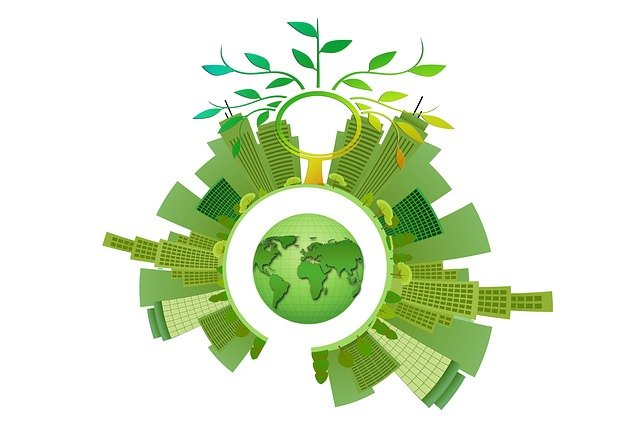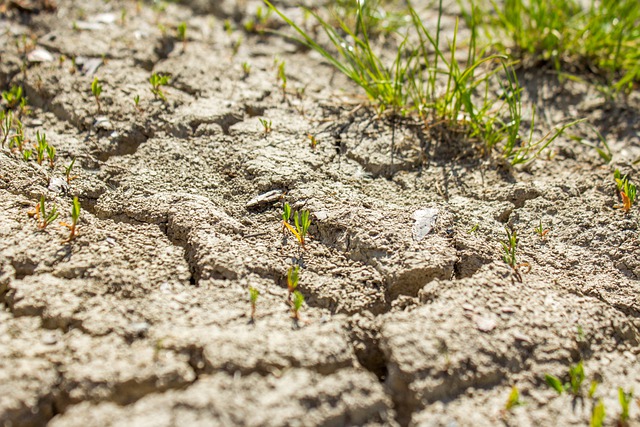INTRODUCTION
Sustainability: In today’s era, it is defined as the capability of human civilization and Earth’s biosphere to occur together. It is also described as the capability of fulfilling the demands of the current time without constraining the capability of the upcoming generation to meet their demand in the future.
Three Pillars of Sustainability: Sustainability is supported by three pillars that are social, economic, and environmental factors. In other words, these pillars are often represented as people, profits, and the Earth.
Sustainable Cities: This term is also known as urban sustainability or eco-cities. An eco-city is considered as a certain geographical area designed in contemplation of habitat resiliency, economy, social and environmental consequences on the current population without stressing the needs of the future generation.
You might also like to read: What Are Renewable Energy Sources? – Types of Green Energy.
HOW CAN WE MAKE OUR CITIES SUSTAINABLE?
It is possible to make cities sustainable with consistent efforts, adequate utilization of natural resources, and time management. There are a number of ways by which an urban city can be transformed into an eco-city. An eco-city follows sustainable approaches toward development. The possible ways for sustainable cities are mentioned below.
- Urban Farming: It is also known as urban agriculture. Urban farming is defined as producing crops and generating food within an urban area. In this way, urban areas will use local and fresh products. Check out Rooftop Vegetation and Vertical Gardening – Solution to Self-Sustenance
- Urban Forestry: Urban forestry can be described in terms of Miyawaki Urban Forests, in which forests are grown in congested areas. These forests are dense and have many benefits. They grow faster and release more oxygen. The urban environment can get improved through urban forestry.
- Rainwater Harvesting System: Natural disasters such as floods have negative consequences on water resources. Rainwater harvesting techniques could help cities in terms of water crisis issues. Storing rainwater is a sustainable approach towards the water shortage issue.
- Environmental Friendly Transport System: The less dependence on fossil fuel combustion can decrease urban heat island effects. Electric cars are proposed solutions to conventional cars because electric cars don’t run on fuels. It is also recommended that people should use public transport system.
- Alternative Renewable Energy Sources: This is an extremely important point as electricity in cities is produced from fossil fuel combustion. Coal-fired power plants are a major contributor to environmental pollution. Switching to renewable energy sources for electricity production will reduce the burden on the economy.
If you wish to get further information about it then read:Blueprint of an Eco-city – How To Create Sustainable Cities?
CONCLUSION
The growing population has led to increased immigration and urbanization. People are either moving to developed countries or urban cities. Collaboration among federal and provincial governments is necessary in order to implement urban sustainability goals on the national level. The increasing environmental problems are distressing urban life. There is a dire need for sustainable development in order to tackle environmental problems.
Also check out: Ozone Depletion – Causes, Effects, and Solutions
I hope you all liked this post! Please comment below if you have any suggestions, comments, or feedback! We at #envpk love hearing from our readers! Thanks!




